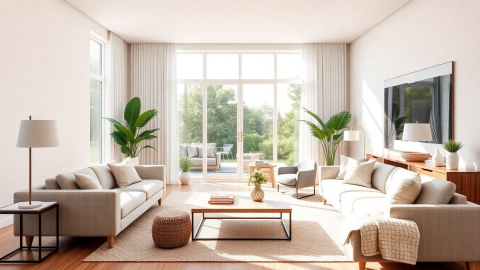The Art of Eclectic Interior Design: Mastering the Mix
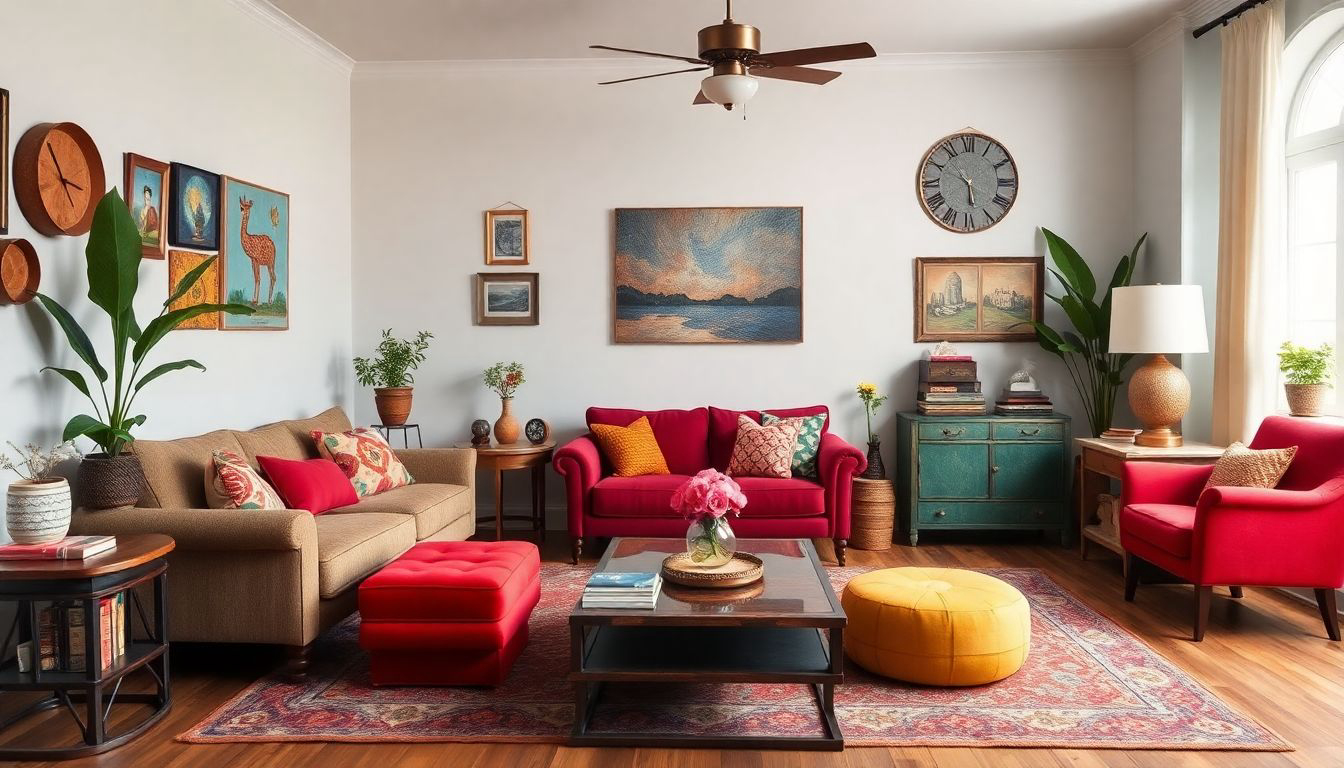
Eclectic interior design is a celebration of individuality, a harmonious blend of styles that defies convention and embraces the unexpected. It's an art form that allows you to curate a space that truly reflects your personality, experiences, and passions. Far from being a chaotic mishmash of random elements, eclectic design is a carefully orchestrated symphony of colors, textures, and eras that come together to create a unique and captivating environment.
In this comprehensive guide, we'll explore the essence of eclectic design, uncover its rich history, and provide you with practical tips to master this versatile and expressive style. Whether you're a seasoned decorator or a novice looking to inject some personality into your living space, this journey into the world of eclectic design will inspire you to break the rules, embrace your creativity, and transform your home into a true reflection of your inner world.
The Essence of Eclectic Design
At its core, eclectic design is about freedom of expression. It's the antithesis of cookie-cutter interiors and matching furniture sets. Instead, it invites you to mix and match elements from different periods, styles, and cultures to create a space that is uniquely yours. As interior designer Jennifer Adams aptly puts it, "Eclecticism is described as 'a conceptual approach that draws upon multiple theories, styles, or ideas'."
However, this freedom comes with responsibility. Eclectic design is not about randomly throwing together everything you like and hoping for the best. It requires a discerning eye, a sense of balance, and an understanding of design principles. The goal is to create a cohesive look that feels intentional and harmonious, despite its diverse elements.
A Brief History of Eclectic Style
The roots of eclectic design can be traced back to the late 19th and early 20th centuries. During this period, architects and designers began to break away from rigid stylistic conventions, choosing instead to combine elements from various historical styles. This approach was initially seen in architecture, where buildings would incorporate features from different periods and cultures.
As this trend evolved, it made its way into interior design. Homeowners and designers began to appreciate the beauty of mixing antique pieces with modern furnishings, or combining Eastern and Western design elements. This shift marked the birth of eclectic style as we know it today – a celebration of diversity and personal expression in home decor.
Key Characteristics of Eclectic Design
1. Mixing Old and New
One of the hallmarks of eclectic design is the juxtaposition of old and new elements. This could mean pairing a vintage Chesterfield sofa with a sleek, modern coffee table, or hanging a contemporary abstract painting above an antique sideboard. The key is to find a balance that creates visual interest without feeling disjointed.
2. Diverse Color Palettes
Eclectic interiors often feature bold and unexpected color combinations. However, it's important to note that successful eclectic design doesn't mean using every color in the rainbow. Instead, choose a cohesive color palette that ties the diverse elements together. As noted in one of our sources, "The key is to choose a common color range and stick to it, but also develop it by introducing new matching tones."
3. Layered Textures
Texture plays a crucial role in eclectic design. By combining different textures – smooth with rough, shiny with matte, soft with hard – you can create depth and visual interest in your space. Think of a plush velvet armchair next to a rustic wooden side table, or a sleek glass vase on a nubby woven rug.
4. Global Influences
Eclectic style often incorporates elements from different cultures and parts of the world. This could be anything from Moroccan poufs and Indian textiles to Japanese ceramics and Scandinavian furniture. These global touches add depth and character to your space, reflecting your travels, interests, and appreciation for diverse cultures.
5. Unexpected Combinations
The element of surprise is what makes eclectic interiors so captivating. Don't be afraid to make unexpected pairings, like a crystal chandelier in a rustic farmhouse kitchen, or an ornate gilded mirror in a minimalist bedroom. These surprising elements create focal points and add personality to your space.
Mastering the Eclectic Mix: Tips and Tricks
Create a Cohesive Foundation
While eclectic design celebrates diversity, it's important to have a cohesive foundation. This could be achieved through a consistent color palette, a unifying style of architecture, or recurring design elements throughout the space. As designer Rita Konig advises, "I think layout is one of the most important things in a room, more than the color or the fabrics. The layout of the furniture is what will make it comfortable and feel like a room you want to be in."
Pay Attention to Scale and Proportion
When mixing different styles and periods, it's crucial to consider the scale and proportion of your pieces. A massive antique armoire might overpower delicate mid-century modern chairs, for instance. Aim for a balance where each piece has room to breathe and contribute to the overall composition.
Use Repetition to Create Harmony
Repetition of colors, shapes, or materials can help tie together disparate elements in an eclectic space. For example, you might repeat a particular shade of blue in your artwork, throw pillows, and area rug, or echo the curved lines of your sofa in your choice of mirror and coffee table.
Embrace Negative Space
In the excitement of mixing different elements, it's easy to overcrowd a space. Remember that negative space is just as important as the objects you display. As Jennifer Adams notes, "Keep some spaces on shelves and tables empty, and consider the outline of an array of artwork for an interesting shape of the wall behind."
Tell Your Story
Perhaps the most important aspect of eclectic design is that it should reflect your personal story. Display items that have meaning to you – souvenirs from your travels, family heirlooms, or pieces of art that speak to your soul. As Nader Bolour, owner of Doris Leslie Blau rug gallery, puts it, "Do not mistake eclectic for anything goes. There's a fine line between chaos and curated eclecticism."
The Psychology of Eclectic Design
Eclectic design isn't just about aesthetics – it can also have a powerful impact on our psyche. By surrounding ourselves with objects and styles that resonate with us personally, we create a space that feels authentic and nurturing. The diversity of elements in an eclectic interior can stimulate creativity and keep our minds engaged, while the personal touches provide a sense of comfort and belonging.
Moreover, an eclectic home is a conversation starter. Each piece has a story, whether it's a family heirloom, a flea market find, or a souvenir from your travels. This makes your space not just a place to live, but a reflection of your life's journey and a catalyst for meaningful interactions with guests.
Eclectic Design in the Digital Age
As we move further into the digital age, eclectic design is evolving to incorporate new elements. Smart home devices, for instance, can be seamlessly integrated into eclectic interiors, adding a touch of high-tech functionality to spaces that might also feature vintage furniture or handcrafted artisanal pieces.
Additionally, the rise of global e-commerce has made it easier than ever to source unique items from around the world, further expanding the possibilities for eclectic design. This global accessibility allows for even more diverse and personalized interiors, truly making each eclectic space one-of-a-kind.
Conclusion: Embracing Your Unique Vision
Eclectic interior design is more than just a decorating style – it's a philosophy that celebrates individuality, creativity, and the beauty of diversity. By mastering the art of eclectic design, you can create a home that is not only visually stunning but also deeply personal and emotionally fulfilling.
Remember, there are no hard and fast rules in eclectic design. Trust your instincts, be bold in your choices, and don't be afraid to experiment. As you curate your space, you'll develop your own unique vision of eclectic style – one that tells your story and creates a home that is truly, unmistakably yours.
So go ahead, mix that antique Persian rug with your IKEA sofa, hang your child's finger paintings next to your prized modern art piece, and display your collection of vintage cameras on a sleek floating shelf. In the world of eclectic design, it's these unexpected combinations that create magic.
References and Further Reading
- Eclectic Interior Design – Adorable Home
- Eclectic Interior Design Style Characteristics
- Here's How to Pull Off an Eclectic Decorating Style
- So Your Style Is: Eclectic
- The Finer Points of Style: Eclectic
- A Misunderstood Style: Interior Designers On What Really Makes An Eclectic Space
- How to Actually Do the Eclectic Home Decor Style
These resources offer a wealth of information on eclectic design, from its history and principles to practical tips and inspiring examples. Happy decorating!
More Articles
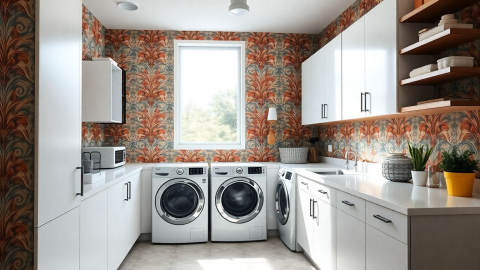
Transforming Your Laundry Room: Design Ideas for Style and Functionality
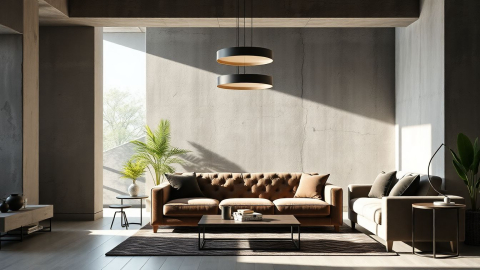
Brutalist Interior Design: From Concrete Jungle to Cozy Haven
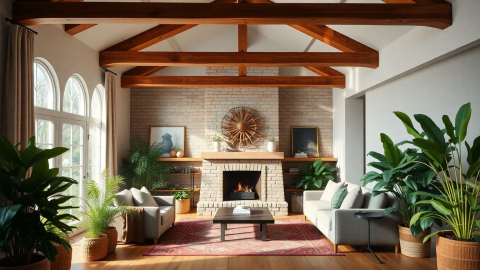
The Timeless Charm of English Countryside Interior Design
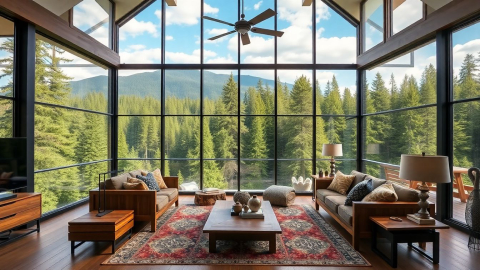
Northwest Interior Design: Embracing Nature, Innovation, and Sustainable Living
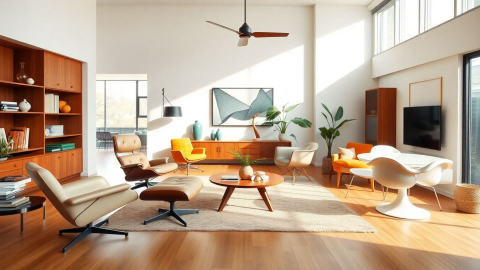
The Timeless Allure of Mid-Century Modern Interior Design: A Comprehensive Guide
